Korean Pop music, popularly known as K-Pop, stands as a vivid and vibrant testament to South Korea’s remarkable influence on the global music scene. What started as a niche genre in the early 1990s has blossomed into a worldwide phenomenon, characterized by an eclectic mix of addictive melodies, sharp dance routines, and high-production values. K-Pop is not just music; it’s a cultural movement, featuring an array of groups and solo artists whose appeal transcends language and cultural barriers.
Today, K-Pop holds a prominent place on global charts, with groups like BTS and BLACKPINK leading streams and sales in dozens of countries. The genre’s impact is multifaceted, affecting not just music but also fashion, language, and social trends across the globe. Its artists are seen not merely as musicians but as global ambassadors who bring South Korean culture to the international stage. From sold-out world tours to high-profile appearances at international music awards, K-Pop’s reach is undeniable. It’s a testament to its widespread appeal and the meticulous craftsmanship of its creators. This cultural juggernaut continues to evolve, promising to keep its foothold in the international music industry strong and its cultural impact ever-expanding.
The Origins of K-Pop
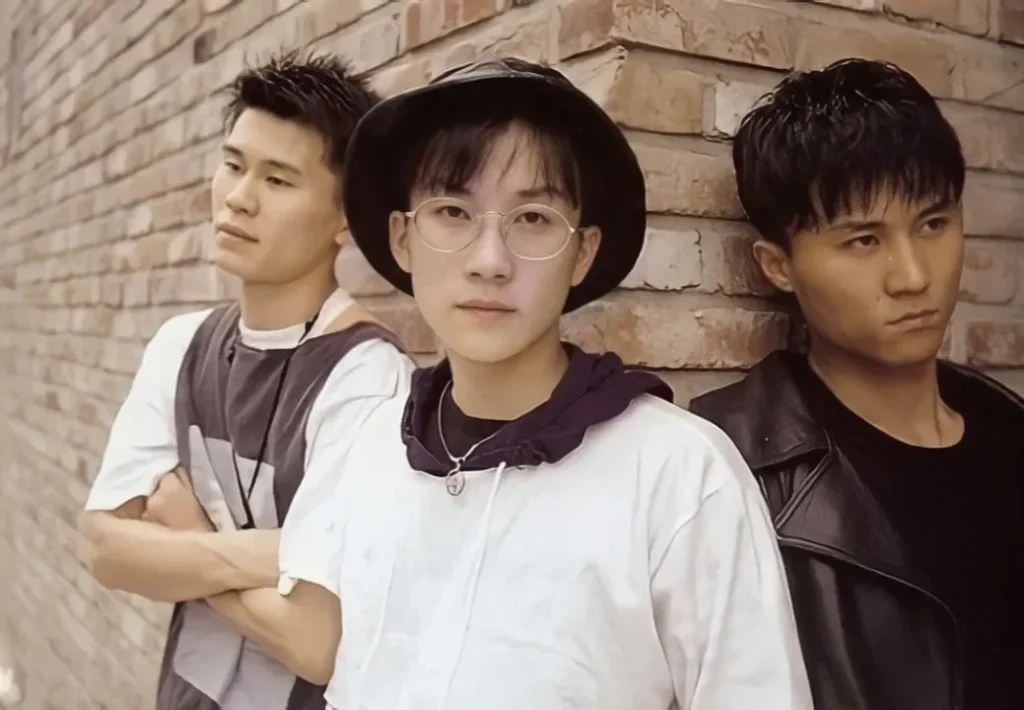
Korean pop music, or K-Pop, traces its origins back to the early 20th century, but the genre as we know it today began to take shape in the early 1990s. Its roots can be linked to the liberalization of South Korea in the late 1980s after decades of military rule, which sparked a cultural explosion and the emergence of new musical styles. This era paved the way for a younger generation of artists and producers eager to experiment with different genres and new technological advancements in music production.
Seo Taiji and Boys
The modern form of K-Pop is often dated back to 1992 with the debut of Seo Taiji and Boys during a televised talent show. Their performance of “I Know” was met with initial criticism due to its radical departure from the traditional balladry common in Korean music at the time. However, the group quickly gained a massive following with their mix of hip-hop beats, catchy pop hooks, and dance routines—elements that would become the cornerstone of K-Pop. Seo Taiji and Boys not only challenged the music industry’s norms but also addressed themes like societal pressure and the struggle of young people, resonating with Korean youth and setting a new standard for what Korean music could be.
The Late 1990s
Following the disbandment of Seo Taiji and Boys in 1996, other artists and bands took up the mantle, and the late 1990s saw the rise of first-generation K-Pop groups such as H.O.T., S.E.S., and Shinhwa. These groups were characterized by their polished aesthetics, synchronized choreography, and broad appeal. Music television, particularly shows like “Music Bank” and “Inkigayo,” played a crucial role in promoting these groups, while record labels like SM Entertainment, JYP Entertainment, and YG Entertainment emerged as major players in the industry.
The late 1990s also saw K-Pop beginning to incorporate a wider range of musical influences, blending Korean musical elements with Western pop, hip-hop, R&B, and electronic dance music. This period set the stage for the explosion of K-Pop’s popularity in the following decade, with its distinctive blend of audiovisual spectacle and diverse musical influences, heralding a new era of global reach. By the end of the 1990s, K-Pop had laid down its foundational elements and was poised to break onto the global stage, a testament to its evolving nature and growing ambitions.
The Hallyu Wave: K-Pop Goes Global
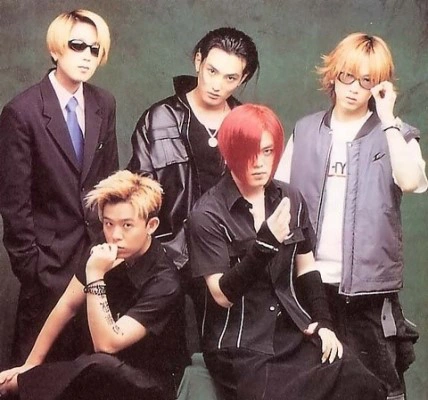
The term “Hallyu,” or Korean Wave, refers to the international popularity of South Korea’s cultural economy exporting its entertainment, music, TV dramas, and movies. This phenomenon began in the mid-1990s, but it gained significant momentum in the early 2000s as Korean media began to spread across Asia and eventually worldwide. The origins of Hallyu are often attributed to several pivotal moments and strategic cultural dissemination by South Korea, aimed at boosting both its national image and its economy.
Television dramas were among the first to spark international interest in Korean culture. Series like “Winter Sonata” and “Dae Jang Geum” captivated audiences across Asia with their compelling storytelling, picturesque settings, and attractive casts. These dramas showcased Korean emotional depth and cultural values, creating a new, fervent fanbase for Korean content. This wave of interest in Korean dramas opened doors for other forms of entertainment, setting the stage for K-Pop’s international ascent.
International Attention
Musically, the first K-Pop artists to capture significant international attention were groups such as H.O.T., who performed at a concert in Beijing in 2000 to an enthusiastic crowd of thousands, despite minimal promotion. This event was pivotal, demonstrating K-Pop’s potential outside of Korea and marking one of the first major live K-Pop performances overseas. Following H.O.T., artists like BoA and Rain became pan-Asian superstars in the early 2000s. BoA’s success in Japan was particularly noteworthy; she was the first K-Pop artist to top the Japanese Oricon charts, which is one of the largest music markets in the world.
The international appeal of K-Pop can be attributed not only to the catchy melodies and high production values but also to the meticulous choreography and an aesthetic that blends both eastern and western pop culture influences. As K-Pop artists began to include multiple language tracks on their albums, they made their music more accessible to a broader audience. Additionally, the strategic use of social media and video sharing platforms like YouTube allowed K-Pop bands to reach global audiences far beyond Asia. This multi-pronged approach to cultural exportation laid a robust groundwork for K-Pop’s sustained global appeal and set the stage for the next generation of artists to turn the Korean Wave into a global tsunami.
Breakthrough and International Fame

K-Pop’s journey to global fame is marked by several key events and turning points that have cemented its place on the international stage. The late 2000s and early 2010s were pivotal, with K-Pop acts beginning to gain noticeable traction outside of Asia. This was not just a gradual increase in popularity but a series of explosive moments that propelled K-Pop into the global consciousness.
Turning Points in Global Acceptance
One of the most defining moments in K-Pop’s history came in 2012, when Psy’s “Gangnam Style” went viral, amassing billions of views on YouTube. This unexpected hit showcased the global appeal of K-Pop’s distinctive blend of catchy music and eye-catching choreography, serving as a gateway for many international listeners. Following this, more K-Pop groups began to make their mark worldwide, with bands like BTS and BLACKPINK leading the way. BTS’s performance at the American Music Awards in 2017 marked the first time a K-Pop group performed on a major American award show, symbolizing K-Pop’s growing acceptance in Western markets.
Role of Social Media
Social media platforms have been instrumental in spreading K-Pop across the globe. Fans use these platforms not only to consume music but to organize and promote their favorite artists. This global network of fans, known as fandoms, play a crucial role in translating songs, streaming music videos, and coordinating social media campaigns to increase the visibility of K-Pop groups. Platforms like Twitter, Instagram, and TikTok have allowed fans to create and share content, while YouTube has been a critical tool, with K-Pop videos often garnering millions of views within the first 24 hours of release.
Significant Milestones
Concerts: K-Pop concerts have consistently sold out major international venues, with groups like BTS selling out London’s Wembley Stadium and multiple dates at the Staples Center in Los Angeles. These are significant because they reflect not only fan dedication but also the global commercial viability of K-Pop.
Awards: K-Pop artists have begun to collect accolades from major international award shows. For instance, BTS won the Top Social Artist at the Billboard Music Awards in 2017, marking the first major U.S. award for a K-Pop group.
Chart Successes: K-Pop artists have made impressive inroads on international charts, with BTS’s “Dynamite” debuting at number one on the Billboard Hot 100 and BLACKPINK’s album “The Album” charting in the top ten of the Billboard 200. These chart successes are indicative of K-Pop’s ability to compete globally, not just within niche markets.
These milestones not only underscore K-Pop’s international fame but also highlight the genre’s ability to adapt and thrive in diverse markets. Through strategic use of digital media and a deep understanding of global pop culture trends, K-Pop has not just entered the global music scene but has reshaped it in its image.
Industry Mechanics: The Making of a K-Pop Star
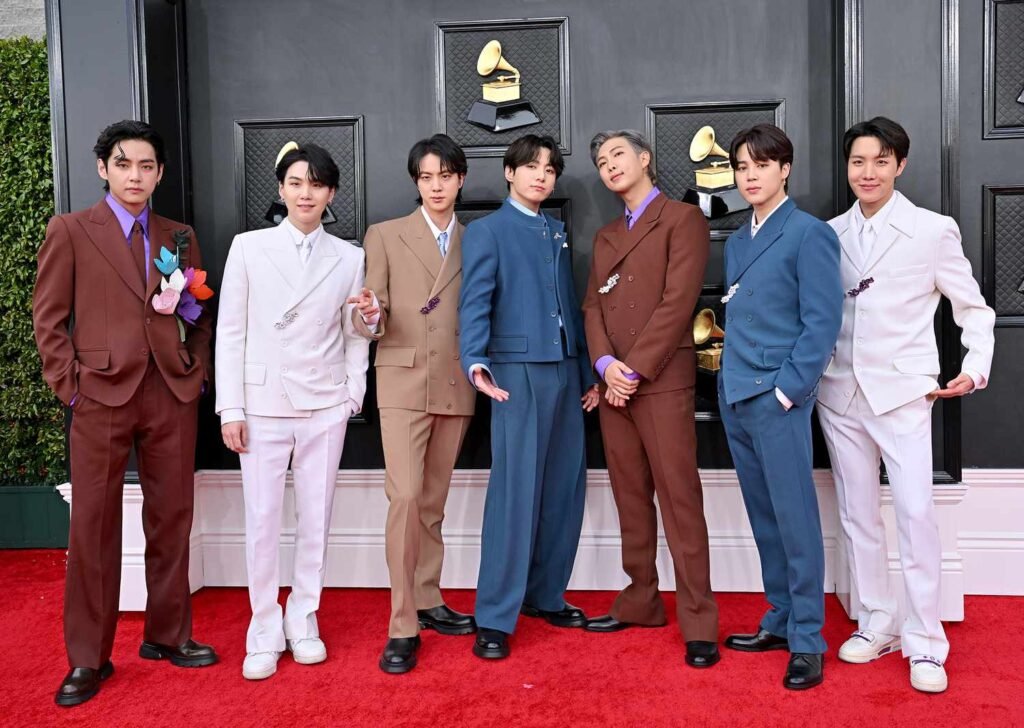
The creation of a K-Pop star is a meticulous and highly managed process, governed by an industry known for its rigorous training systems, substantial financial investments, and an unwavering emphasis on visuals and performance quality. This formula has not only shaped the careers of countless artists but has also defined the global image of K-Pop.
The Training System
K-Pop idols typically begin their journey through a training system that is both exhaustive and highly competitive. Potential stars are often scouted at a young age through auditions held by major entertainment agencies like SM Entertainment, YG Entertainment, and JYP Entertainment. These auditions can attract thousands of hopefuls from within South Korea and internationally, reflecting the global reach and allure of K-Pop.
Once selected, trainees enter a rigorous program that can last from two to ten years, depending on the individual’s skill level and the agency’s assessment. During this period, trainees undergo intensive training in singing, dancing, acting, language (often including English and Japanese to prepare for international markets), and even etiquette. This system is designed to produce not just skilled performers but versatile artists who can appeal to a global audience.
Financial Investments and Production Values
The financial outlay required to train and promote K-Pop stars is substantial. Agencies invest millions of dollars into their trainees and debut groups, covering everything from living expenses and training costs to marketing and music production. The high production values of K-Pop music videos and stage performances, which often feature elaborate sets and cutting-edge technology, are testament to these investments. This commitment to quality has helped K-Pop to stand out in the global music industry, where visuals and production value are increasingly important.
Importance of Visuals, Choreography, and Style
Visual aesthetics are a cornerstone of K-Pop’s appeal. From meticulously styled hair and makeup to carefully curated outfits, the visual presentation of K-Pop artists is designed to be as impactful as their musical performance. Choreography, in particular, plays a crucial role in this. K-Pop choreographies are often highly synchronized and complex, serving as one of the genre’s trademarks. These routines are not only performed in music videos and on stage but are also a major component of dance practice videos, which are popular with fans worldwide.
The style and concept of a K-Pop group are often refreshed with each new album, keeping the group’s image dynamic and engaging to fans. This constant reinvention keeps fans engaged and allows artists to explore various musical styles and visual themes. The strategic use of fashion and design in K-Pop not only enhances the artists’ appeal but also sets trends in the broader fashion and beauty industries.
The combination of high production values, intensive training, and a sharp focus on visual aesthetics makes the K-Pop industry uniquely positioned in the global music scene. It’s a system that demands a great deal from the artists but also offers them a platform to become global icons.
Challenges and Controversies
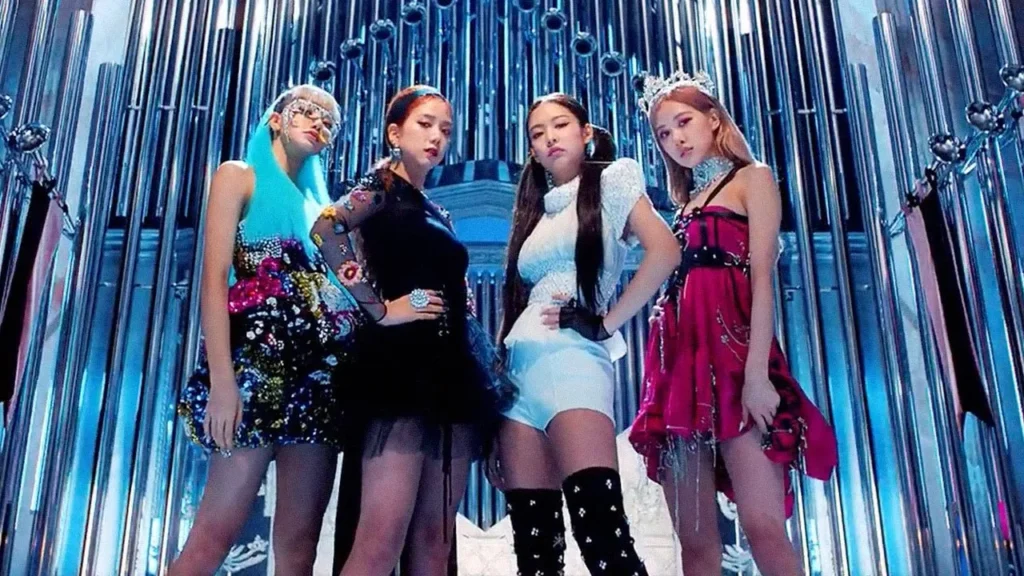
While K-Pop’s global success is undeniably impressive, the industry faces significant challenges and controversies, ranging from the personal struggles of the idols to systemic issues within the industry. These challenges often highlight the darker side of the glittering world of K-Pop.
Mental Health and Privacy Issues
K-Pop stars often endure intense pressure to perform and maintain a public image that aligns with the polished personas crafted by their management agencies. The relentless schedule, high expectations, and constant public scrutiny can take a severe toll on their mental health. Incidents involving depression, anxiety, and even tragic suicides of several prominent K-Pop stars have brought these issues to the forefront, prompting calls for better mental health support for artists. Privacy is another critical concern, as idols frequently face invasive media attention and overzealous fan behaviors, sometimes bordering on harassment, which can further exacerbate their stress and anxiety.
Criticisms of the Industry: Labor Conditions and Sustainability of the Idol System
The K-Pop industry has been criticized for its labor practices, which include long training periods with no guarantee of debut, binding contracts that can restrict personal freedom and career autonomy, and minimal financial compensation relative to the profits generated. The sustainability of the idol system has been questioned, with critics arguing that it places unsustainable demands on young performers and prioritizes commercial success over the well-being of the artists. This system’s intense competitiveness not only impacts current performers but also sets a challenging precedent for aspiring artists.
Public and Media Controversies
The K-Pop industry has not been immune to scandals and controversies that have tarnished its reputation. Issues such as dating bans, gender inequality, and scandals involving drugs or legal problems have periodically sparked public debates. Additionally, instances of cultural appropriation and insensitive behavior have led to international criticism, prompting discussions about cultural sensitivity and the global responsibilities of K-Pop artists and producers.
Despite these challenges, the K-Pop industry continues to grow and evolve. Efforts are being made to address some of these issues, with agencies increasingly recognizing the need to protect their artists’ mental health and to reform labor practices. Moreover, as the global spotlight on K-Pop intensifies, there is a growing push towards greater transparency, fairness, and accountability within the industry. The path forward involves not only maintaining the global success of K-Pop but also ensuring that the industry can be sustainable and humane for those who contribute to its success.
Cultural Impact and Influence
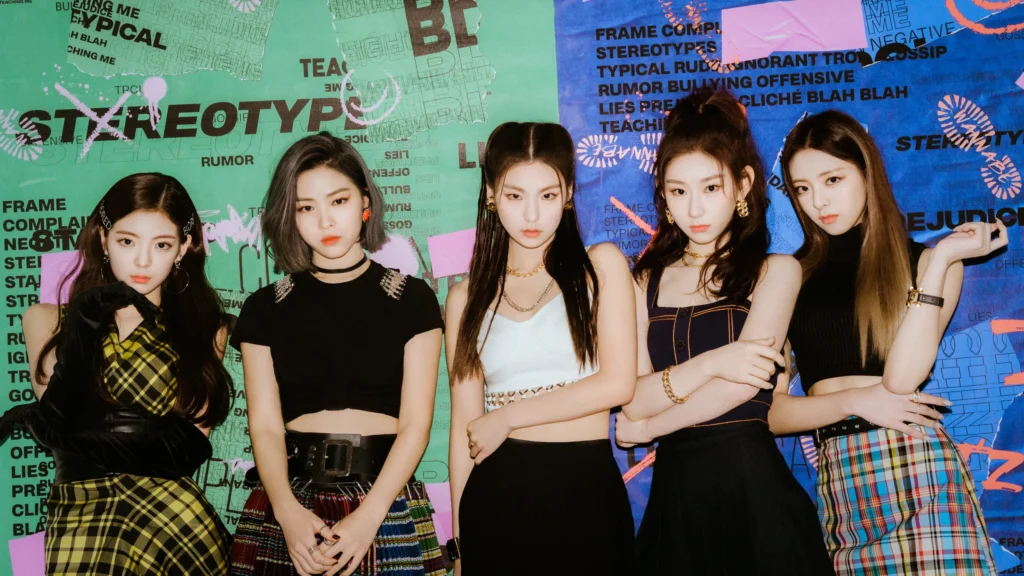
K-Pop’s ascent on the global stage has had a profound impact on various aspects of culture worldwide, from fashion and beauty standards to international music trends and diplomatic relations. The genre’s dynamic nature and broad appeal have enabled it to influence not only fans but also industries.
Influence on Global Fashion and Beauty Standards
K-Pop stars are renowned for their distinctive style, which often combines avant-garde elements with the latest fashion trends. This has made them trendsetters in fashion, influencing both street style and high fashion globally. Designers and major brands frequently look to K-Pop idols as muses and ambassadors, recognizing their ability to set trends and attract a young, fashion-forward audience. Similarly, the beauty industry has seen a significant impact from K-Pop, with the international rise in popularity of Korean beauty products and regimes—often referred to as K-beauty. This trend emphasizes flawless, youthful skin and innovative products, which have become staples in beauty routines worldwide.
Impact on International Music Styles and Artist Collaborations
Musically, K-Pop has contributed to a more global approach in the pop music scene, incorporating and influencing a variety of genres, from hip-hop and R&B to electronic dance music. The genre’s willingness to experiment with different sounds and collaborate across cultures has led to numerous successful international collaborations. K-Pop artists have worked with various global stars, further blending musical styles and reaching broader audiences. These collaborations often bridge cultural divides, introducing K-Pop fans to western artists and vice versa, thus enriching the global music landscape.
K-Pop’s Role in Cultural Diplomacy and South Korea’s Global Image
K-Pop has played a significant role in cultural diplomacy for South Korea, enhancing the country’s image and soft power globally. The government has actively supported the industry as part of its cultural export strategy, recognizing that K-Pop’s success contributes to a positive view of South Korea as a modern, culturally rich, and dynamic country. Through K-Pop, South Korea has been able to promote its language, culture, and values on an international scale, fostering goodwill and interest in all things Korean—from its food and language to tourism and technology.
The Future of K-Pop
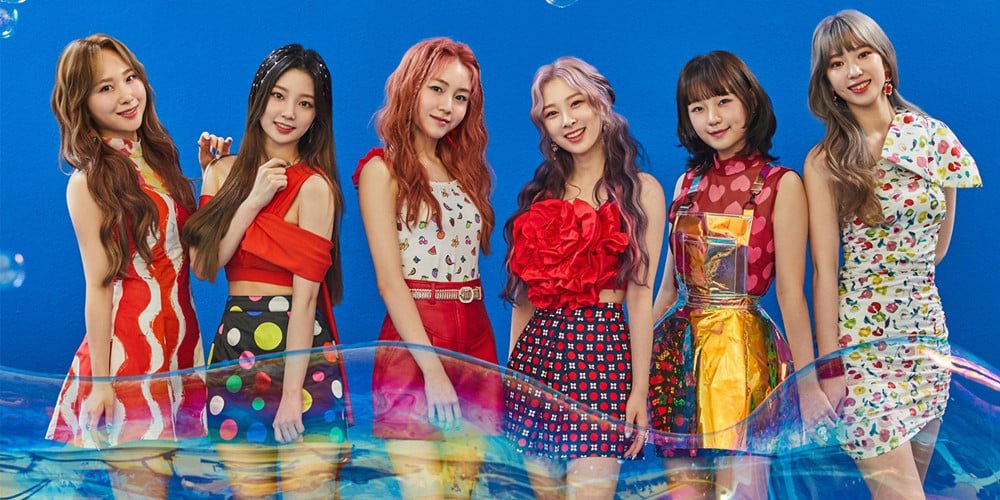
As K-Pop continues to dominate global music charts and influence pop culture worldwide, its future appears vibrant yet filled with challenges that could shape its trajectory. Understanding emerging trends, potential new markets, and the overall sustainability of K-Pop’s popularity will be crucial for the industry’s continued growth and evolution.
Emerging Trends and Industry Direction
Innovation remains at the heart of K-Pop, with industry stakeholders constantly exploring new musical styles, technological integrations, and market strategies. The use of artificial intelligence in music production and virtual reality in concerts are just a few of the advancements being integrated into the K-Pop experience. Additionally, K-Pop is seeing an increase in its influence on global fashion and gaming industries, indicating a move towards broader lifestyle branding rather than just music.
K-Pop is also becoming more inclusive, with a growing number of international members in groups and more songs incorporating different languages. This not only helps K-Pop maintain its global appeal but also resonates more personally with diverse audiences. Furthermore, issues of social justice and mental health are becoming more prominent in the lyrics and public personas of K-Pop stars, reflecting a deeper connection with global youth culture and concerns.
Potential Markets and New Territories
While Asia remains a stronghold for K-Pop, the industry is making significant inroads into previously untapped markets. Latin America, the Middle East, and Africa show promising growth potential, fueled by widespread internet access and the global spread of social media. K-Pop’s strategic collaborations with local artists and tailored content for these regions could further solidify its presence there.
The expansion into these markets is often supported by dedicated concert tours, localized releases, and community-building through social media platforms tailored to regional preferences. Additionally, the continued diaspora of Korean culture through food, beauty products, and entertainment media helps pave the way for K-Pop’s acceptance in these new territories.
Sustainability and Expert Opinions
Experts generally remain optimistic about the sustainability of K-Pop’s global popularity, citing its innovative core and adaptive strategies as key factors. However, they also caution that the industry must address systemic issues such as labor practices and mental health support to avoid burnout and maintain its workforce’s welfare.
The growing academic and cultural focus on K-Pop as a subject of study and its increasing integration into global pop culture dialogues suggest that K-Pop is more than a fleeting trend. Instead, it’s a cultural phenomenon that continuously adapts to the times and technologies, indicating its potential to remain a significant force in the global music industry.
As K-Pop moves forward, it faces the dual challenge of maintaining its artistic integrity and innovative edge while also ensuring ethical practices that respect the rights and well-being of artists. The future of K-Pop depends not only on its ability to keep the world dancing but also on its capacity to evolve as a responsible and responsive cultural force.
